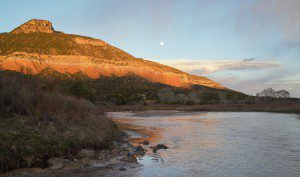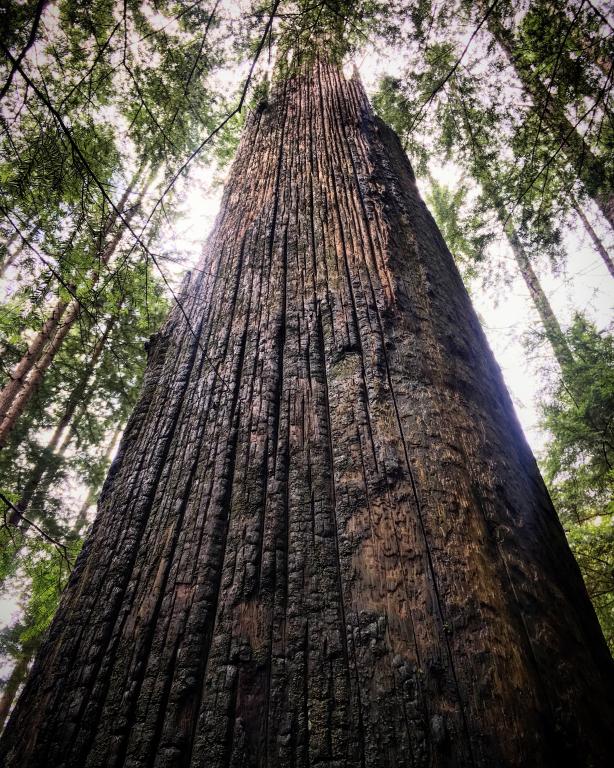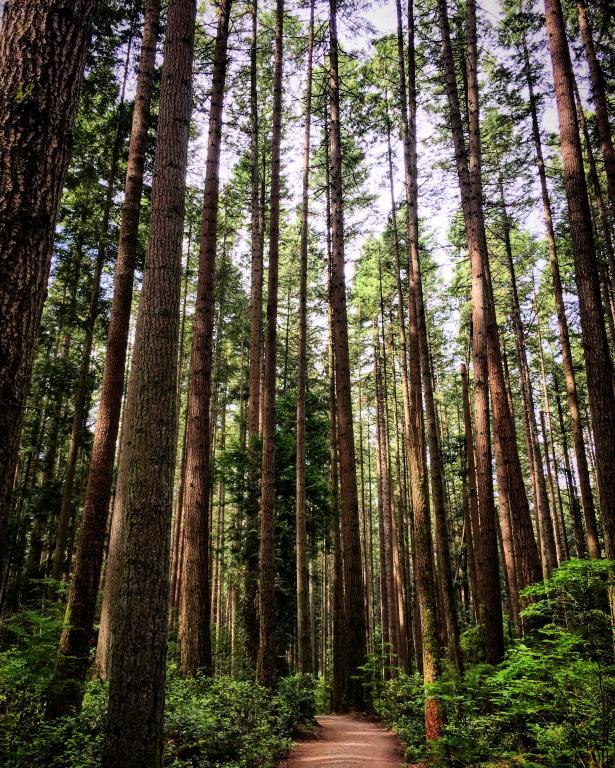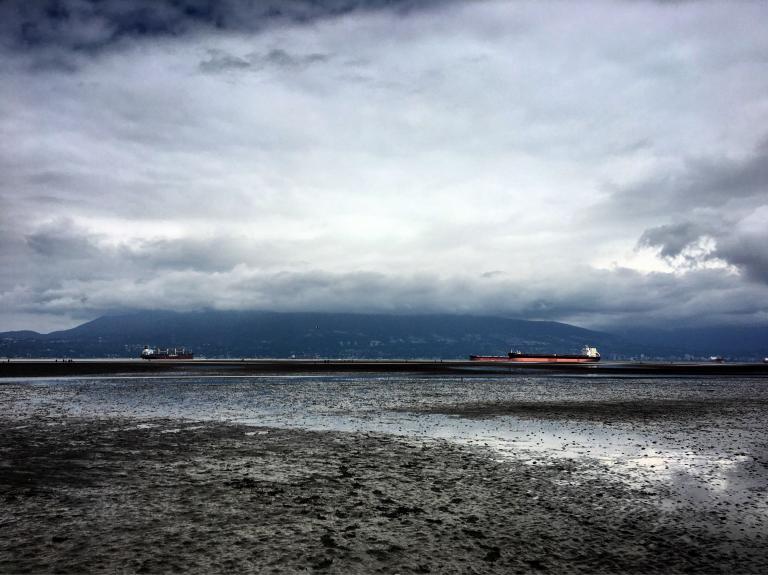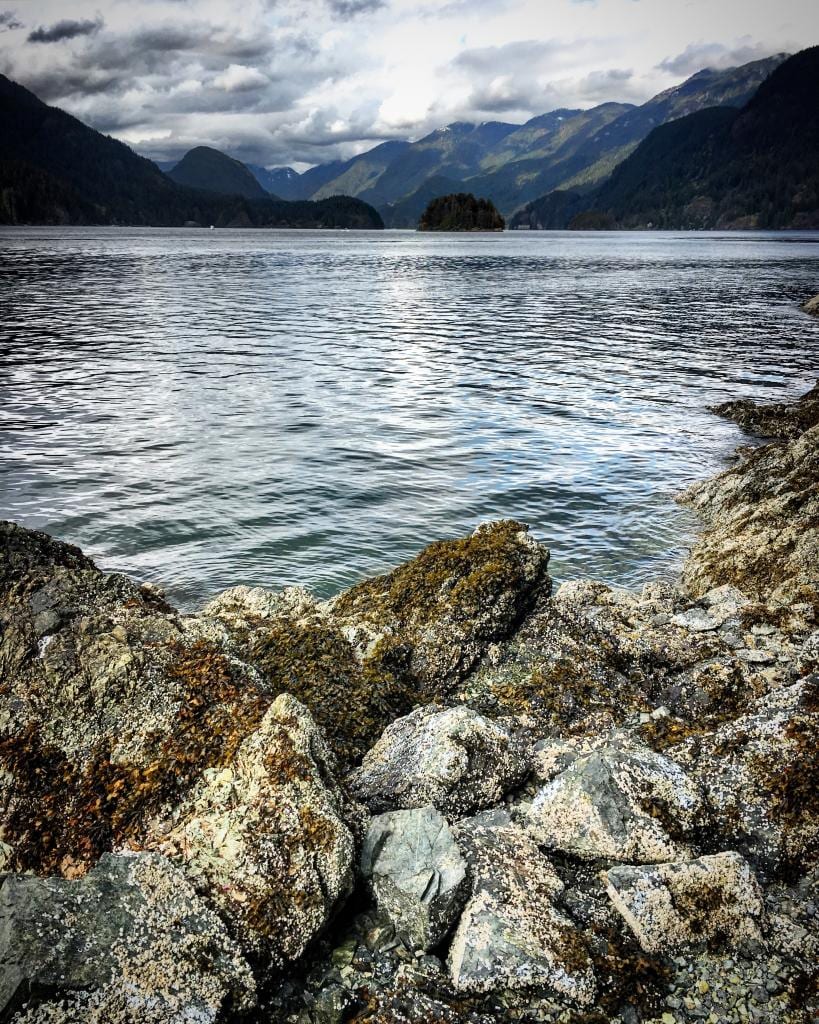It is near sunset at Christ in the Desert Benedictine monastery in Abiquiu, New Mexico. This is the last of four monastic communities I am visiting as part of my PhD dissertation research. I have found a beautiful bend in the Chama River to watch another day pass into silence. A mostly full Sister Moon slowly peaks her face over the eastern yellow mesas to watch in silence as Brother Sun sets beyond the red mesas in the west.
I am fatigued from so many miles on the road; moreover, for about a week before arriving I had spiraled into a strange, dark place that had triggered intense fear and feelings of unworthiness and that old demon-friend, anxiety. My heart still feels tender from the emotional self-flagellation of the imagined emotional distance of someone I love very much. Yet, I am grateful to be in such a beautiful place and my feet feel heavy with a longing to root into the very banks of the river and to cast my lot with the ebb and flow of the Chama for the rest of my days; or to wade in and float down the river for as far as it will take me.
I kneel down and squish fine clay between my fingers from the tea-with-cream colored river. She whispers rumors of summer, and the buds of the willow and the cottonwood and the scrub oak whisper back. My heart pounds with nervous thoughts, and then I slowly return to the present lapping of water against muddy shore, only to be lifted up again into stories of loss, loneliness, jealousy and unworthiness.
I stand up and shake my head back into the present, fingers throbbing from the cold water. Tree swallows appear out of nowhere and begin to flit and warble around me like the water that caresses the unseen thousands of stones. Two dozen or so fly upstream, pause, and then work their way back down. I pray that the tiny birds could, in an instant, make my own rough crags smoother, bit by precious bit.
A single bat appears, fluttering awkwardly against the acrobatics of the swallows and a pang of sympathy fills my tired heart and a smile comes to my lips. Some of us move slower than others I reassure myself. Brother Wind blows pink and tin colored clouds up and over the striped cliffs that wall in the canyon, whose brick and mortar are made up of layer upon layer of ancient tropical soils and primordial sandy seas. My heart sinks again with a pang of absence and loneliness. Standing still I mutter ‘Holy One’, over and over again. The sun disappears behind me, the blue sky fades to grey, the moon shines fluorescent and I walk back to my cell in silence. My heart aches, but is somehow stronger, deeper, more open and receptive, ready to be filled.
***
The next day, as I am gathering my few effects after a wonderful interview, the Brother I was speaking with recalls a story about two Tibetan monks who had once visited the monastery. They loved the community so much that they stayed for over two months. “They fit right in,” said the Brother. During a conversation he had with them, one of the Tibetan monks asked what the river was called that ran through the monastery. “Chama,” the Brother had said, which he explained was a Spanish pronunciation for Tzama, which means a place of contest, or wrestling. He told them that the eastern confluence of the river had been a center for Puebloan competitions and games before Europeans arrived. The Tibetans nodded and said that in Tibetan Chama (which they must have heard as Tara) was the name for the Goddess of Mercy, the feminine aspect of Buddha. The Brother looked at me, smiled and paused, “So,” he said, “mercy flows through the monastery.”
***
I thank the Brother for his time and leave the small office. His story tugs at the memory of the night before on banks of the Chama. I recall the mysterious passage from the Book of Genesis, where after his family has crossed the Jordan River, the Hebrew Patriarch Jacob remains behind alone. That night he is visited by a mysterious figure who wrestles with him until dawn. The assailant knocks Jacob’s hip joint out of the socket, but Jacob is able to extract a blessing just before dawn. He is renamed Israel: the one who strives (or wrestles) with God. Jacob calls the place Penuel, he saw God (sometimes rendered as Angel) face to face and lived.
The spiritual life is often allegorized through this imagery of wresting or struggling with God. Many thousands of people come to places like Christ in the Desert each year to wrestle with their complicated lives, emotional demons, their health problems, relationships, or to seek the presence of the Divine. Though I am here for academic research, my monastery visits have been deeply soul nurturing, and part of an ongoing vocational discernment in my life. And though a lot of my time during these visits involves working, chanting, interviewing the monks, or writing notes, I still have time to reflect or take long walks.
I am used to wrestling with anxiety, fear and self-worth, I have for most of my life. Contemplative prayer has taught me however that there is an important dimension to wrestling with God: mercy. In the past, I have been tempted to see contemplative prayer as a kind of medicine for anxiety, a means to the end of not feeling anxious. If I am feeling sad, I should pray so I do not feel sad. This view of the spiritual life is common enough, but it misses the point. In Radical Acceptance by Tara Brach, the author blends Western psychology with Buddhist mindfulness to help readers see that our pain can be a tool for transformation. Radical Acceptance involves learning to be radically present to whatever we are experiencing without judging or by allowing it to feed the stories we tell ourselves about why we are sad, anxious or fearful. Rather than a means of suppressing or alleviating our suffering, contemplative prayer is a tool for harnessing it in the service of personal transformation and growth. Franciscan Friar Richard Rohr often says that “if we do not transform our pain, we will most assuredly transmit it.” I have certainly transmitted my share of pain by hurting people I love, but most of my pain is directed at myself.
For so long I have seen my pain as a symptom of my own failings: I am anxious because there is something wrong with me, fear is a defect, I am lonely because no one likes me, etc. Yet in addition to being aware of our suffering, Radical Acceptance teaches us to begin to look on our suffering with compassionate eyes, or in Christian language, with mercy. Mercy is that undeserved, ever-present grace that is at the core of our being. In Christian language it is the Holy Spirit, for Buddhists it is Buddha-Nature, for Hindus it might be an aspect of the Atman. Over the past several months, and again on the Chama River, my own pain and anxiety, the stories of unworthiness and fear of rejection that I continually tell myself are still there, but their power over me is decreasing. The pain is real, but I am getting better at not avoiding it or channeling into self-destructive narratives. It is in this wrestling to face my pain, fears and doubts with mindful awareness that I am finding deeper and deeper wells of mercy. But paradoxically, when I stop wrestling against my pain and allow it to teach me, I feel like I am more able to change. There is a River of mercy running through all of us, it is wild and beautiful, and once we realize we are already in its flow, it will take us as far as we are willing to let it.

